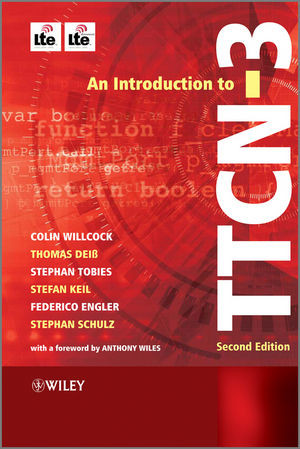

Most ebook files are in PDF format, so you can easily read them using various software such as Foxit Reader or directly on the Google Chrome browser.
Some ebook files are released by publishers in other formats such as .awz, .mobi, .epub, .fb2, etc. You may need to install specific software to read these formats on mobile/PC, such as Calibre.
Please read the tutorial at this link: https://ebookbell.com/faq
We offer FREE conversion to the popular formats you request; however, this may take some time. Therefore, right after payment, please email us, and we will try to provide the service as quickly as possible.
For some exceptional file formats or broken links (if any), please refrain from opening any disputes. Instead, email us first, and we will try to assist within a maximum of 6 hours.
EbookBell Team

0.0
0 reviewsTTCN-3 is an internationally standardised test language with a powerful textual syntax which has established itself as a global, universal testing language. Application of TTCN-3 has been widened beyond telecommunication systems to areas such as the automotive industry, internet protocols, railway signalling, medical systems, and avionics.
An Introduction to TTCN-3 gives a solid introduction to the TTCN-3 language and its uses, guiding readers though the TTCN-3 standards, methodologies and tools with examples and advice based on the authors' extensive real-world experience. All the important concepts and constructs of the language are explained in a step-by-step, tutorial style, and the authors relate the testing language to the overall test system implementation, giving the bigger picture.
This second edition of the book has been updated and revised to cover the additions, changes and extensions to the TTCN-3 language since the first version was published. In addition, this book provides new material on the use of XML, test framework design and LTE testing with TTCN-3.
Key Features:
This book is an ideal reference for test engineers, software developers, and standards professionals. Graduate students studying telecommunications and software engineering will also find this book insightful.
Content: